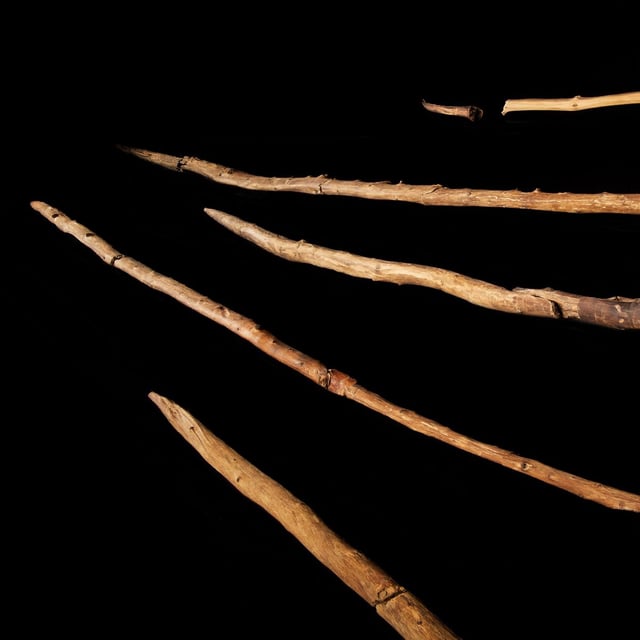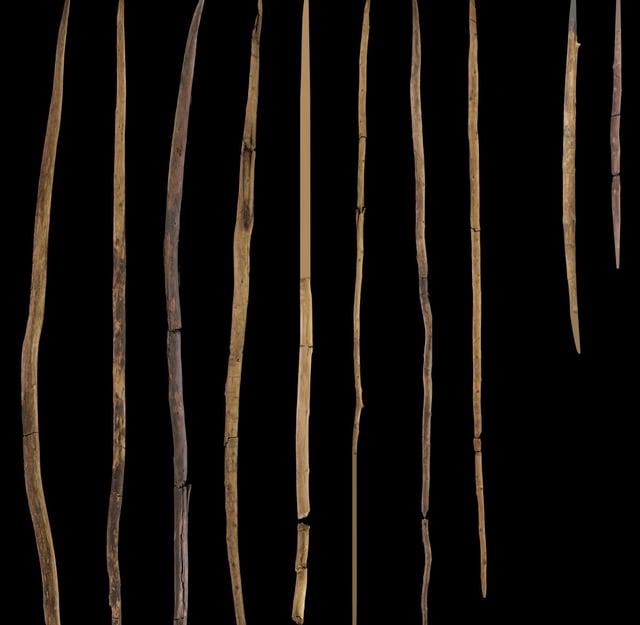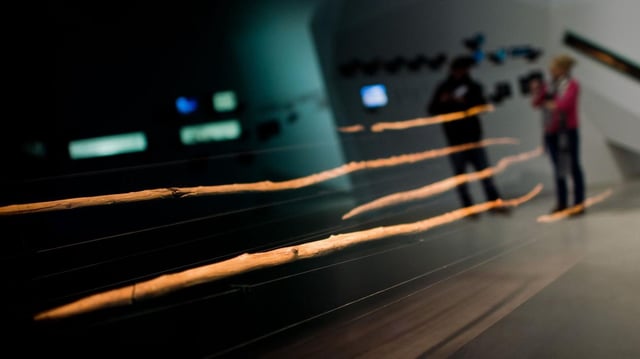Overview
- An international research team has directly dated the Schöninger Speere to approximately 200,000 years using amino acid racemization, revising earlier estimates of 300,000 years.
- The study analyzed Bithynia snail opercula, horse teeth, and ostracod shells from the spear horizon for the first time, offering a novel approach to dating the site.
- Experts remain divided on the findings, with some questioning the reliability of the geological model and the experimental nature of the dating method.
- The revised age aligns the spears with Neanderthal hunting practices, suggesting coordinated group hunting emerged around 200,000 years ago.
- Further optical luminescence studies are planned to independently verify the age of the sediment layer containing the spears.



